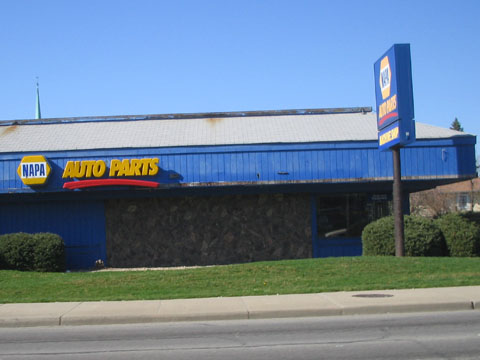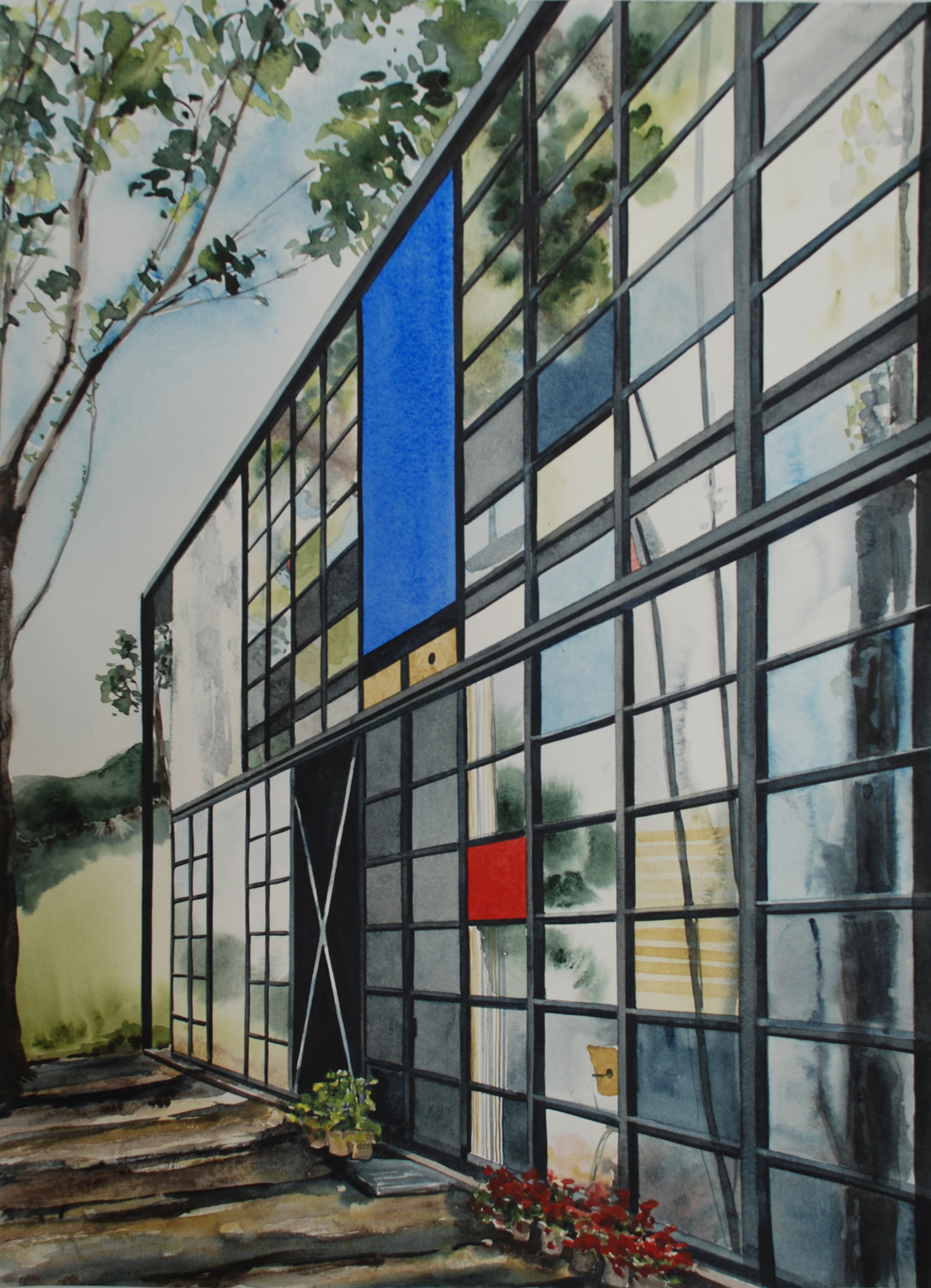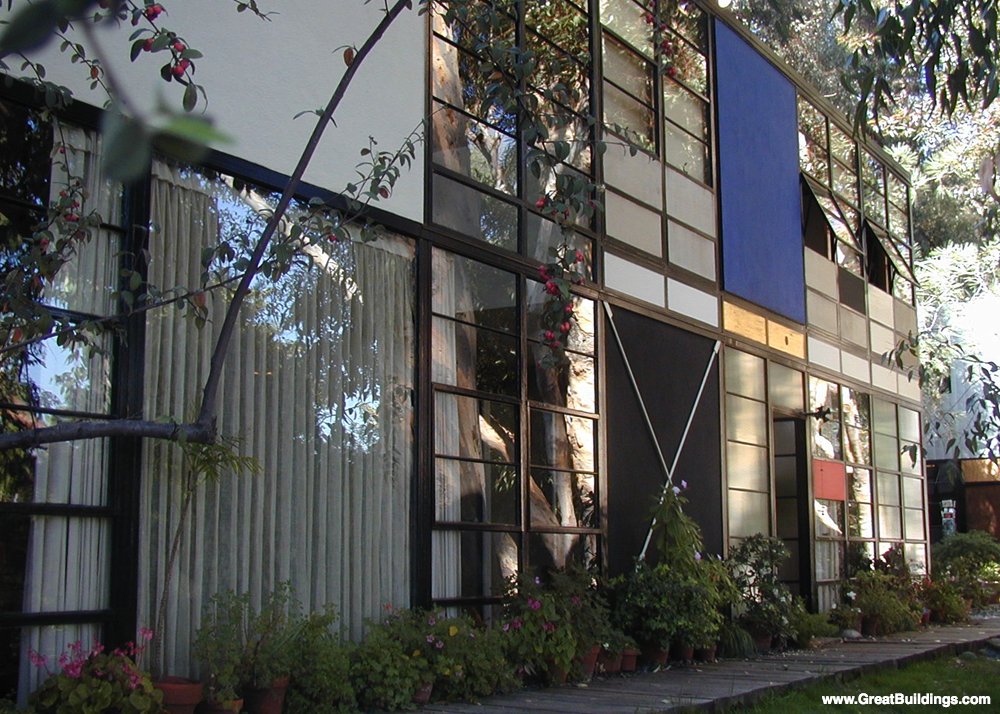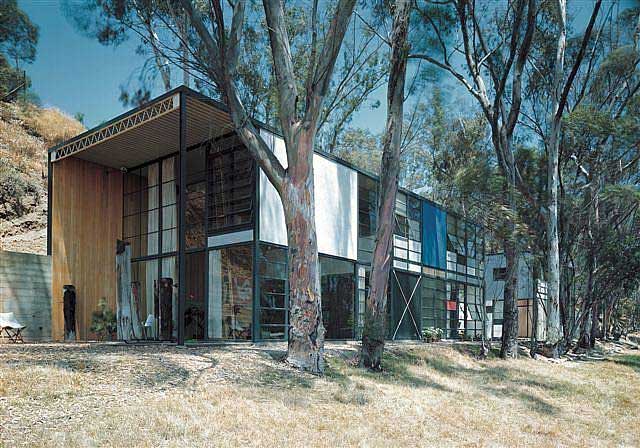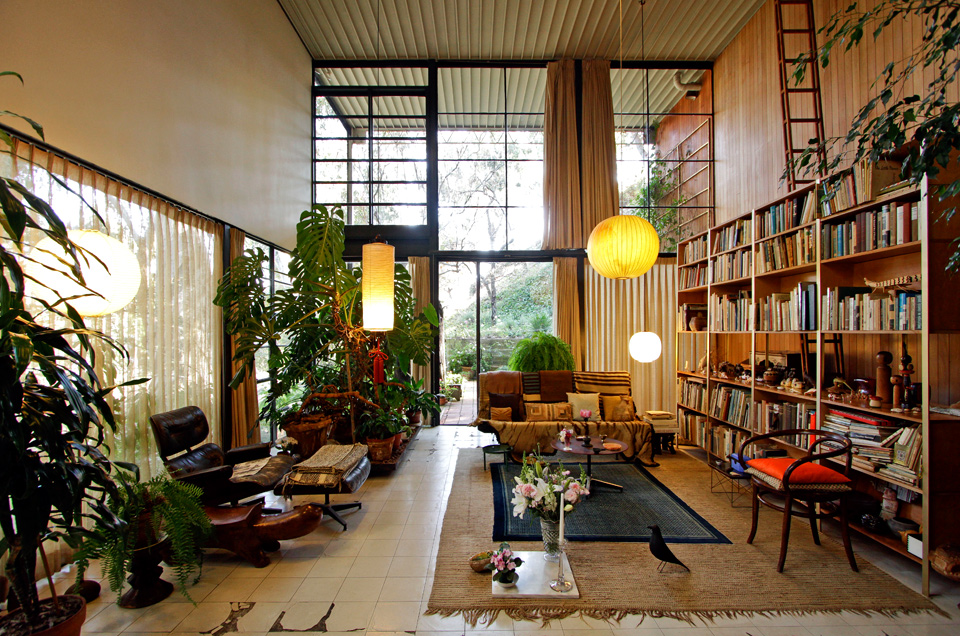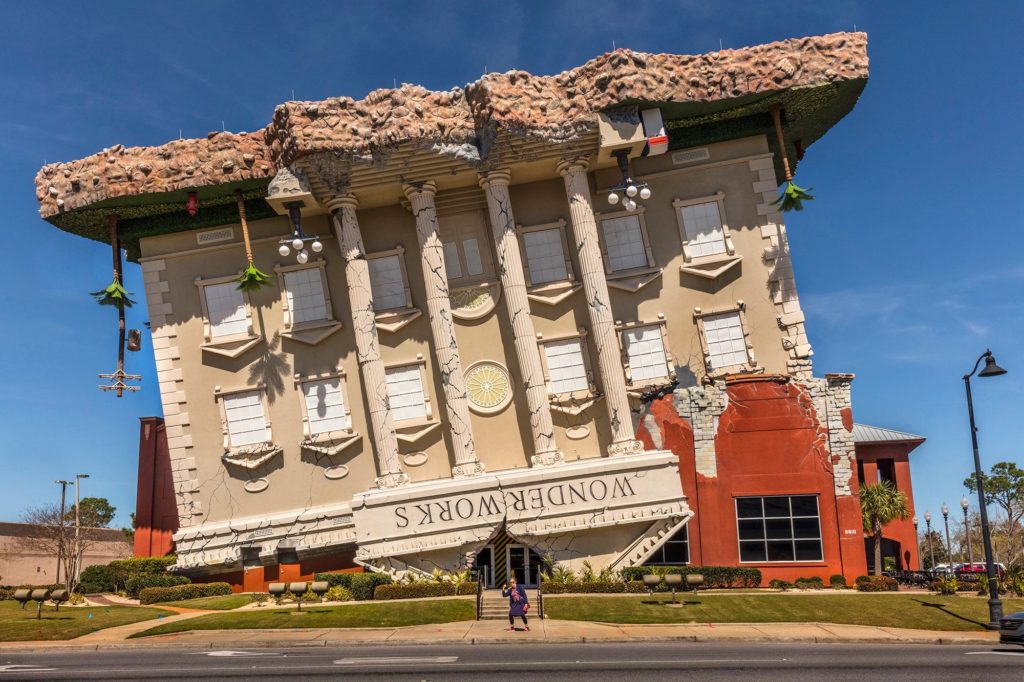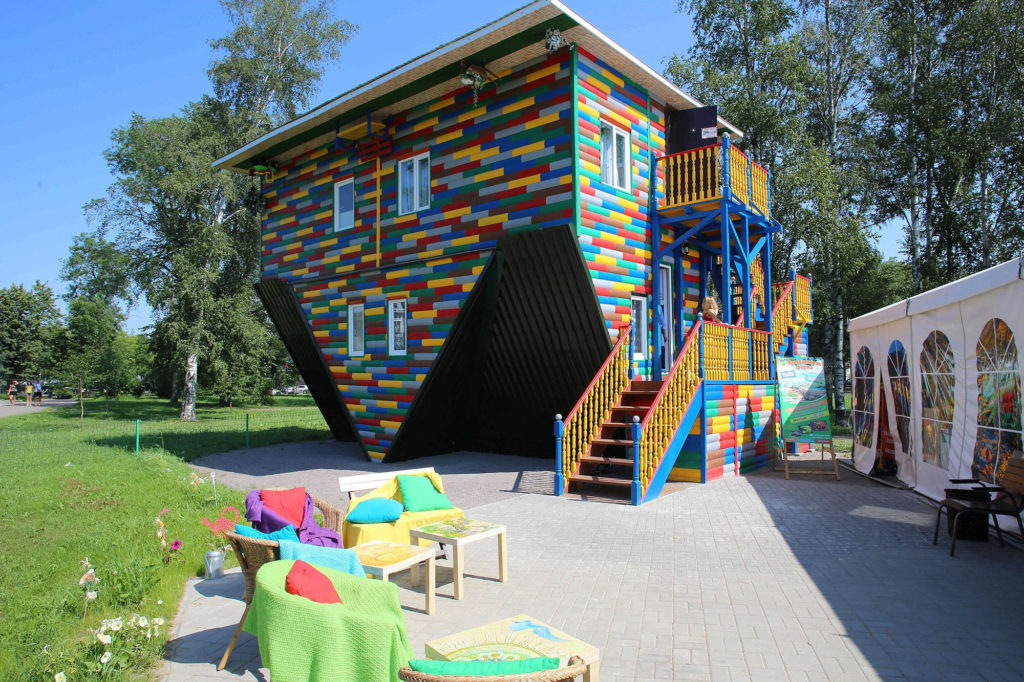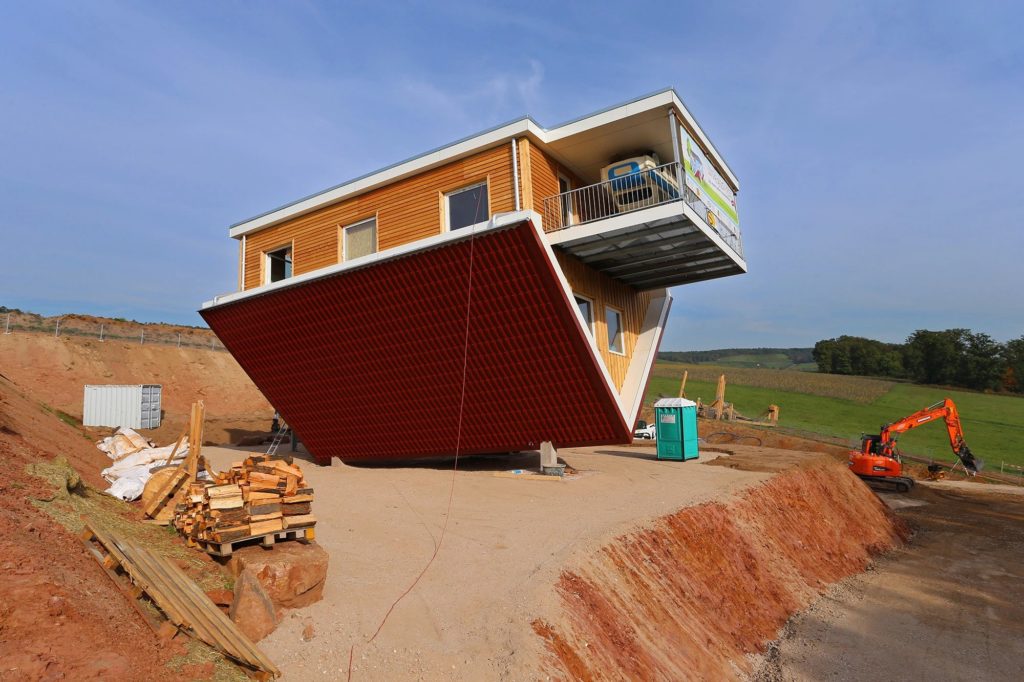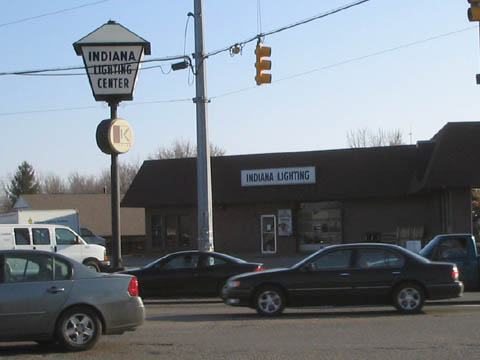Some Thoughts on “Gang Leader for a Day”
Again cleaning out some old notes and writing, I came across some thoughts I had about the book “Gang Leader for a Day: A Rogue Sociologist Takes to the Streets” and the subsequent discussion we had about it in book club. I started to write this, but felt I needed to do some additional research to back up some of my ideas, and shelved it. Dunno if I’ll ever get around to doing the research, but the ideas I had are interesting, at least.
We were talking about the architecture of the Robert Taylor Homes, and how it was, to some extent ill-suited to Chicago and the climate, and about the galleries being built outside, etc. and I was thinking about that and what I have skimmed from the Christopher Alexander book “A Pattern Language” about how profoundly architectural components can affect us and how we interact as a family, a neighborhood and a community, etc., and it made me wonder if they had, when they had decided to build the projects, taken an entirely different approach to building for low-income families, whether there would have been an different outcome.
For example, the way the buildings were constructed had a lot of influence on how the people interacted as a community. People were required to live in a fashion that was more intimate than other communities might have been, and it forced dependencies on people like Mrs. Bailey that wouldn’t have existed in other settings.
Architecture also had a powerful effect on how the gangs were able to seize control of the buildings and use them – controlling halls and stairwells, using empty apartments, etc. I wondered if that wasn’t part of the difficulty the gangs had with establishing other places, like Iowa. They didn’t have as much control over their members because they didn’t have as much control over their locations.
That caused me to wonder whether the architecture of the projects actually contributed to the rise of the gangs and the influence of drugs throughout the community. Jane Jacobs in “The Death and Life of Great American Cities (Modern Library Series)” talks a extensively about how the city can curb criminal activity by sculpting the streetscapes so that people can see the street from their windows and keep an eye on what is going on.
Separately from those ideas, I was thinking about how easy it is for me to judge Mrs. Bailey and JT – because I have the freedom to be an ethical person because I have enough money to be moral. When the economic system you’re trapped in gives you absolutely no incentive to be moral when being moral can get you killed, and when there are additional powerful reasons — like survival — for you to engage in unethical and immoral behavior, you’re going to do what you need to. The odds are stacked against moral behavior and right conduct.
links for 2008-01-01
-
Lots of photos of gorgeous old historic Indianapolis buildings since torn down and replaced by ugly crappy skyscrapers. I guess Indy has the fugly downtown it deserves, now.
Cool unusual architecture
Unique Daily has a photo gallery of cool unusual architecture, such as this upside down house.
My original link of unique architecture is long gone, but there are at least 10 upside down houses in the world. Stephanie and I saw the one in Niagara Falls on our honeymoon.
Nice Try, Though
Sometimes a building’s architectural style and retail design are so identified with its original business that it’s hard to shake the association, even when the business is long gone. Here’s a photo gallery of bad building conversions around Indianapolis. Let me know about the ones you’ve spotted around town…
This Indian Restaurant on east 38th Street doesn’t disguise its former existence as a Pizza Hut very well.
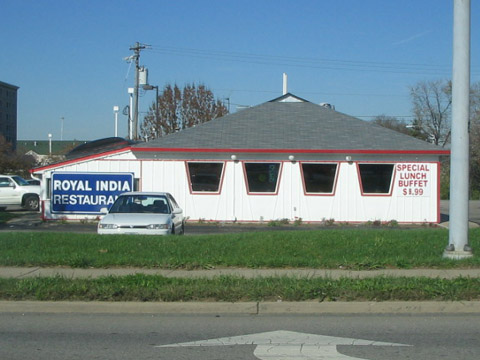
Woo hoo! Let’s go to the Taco Bell Dentist!
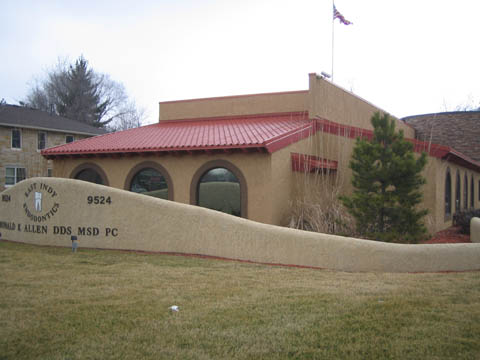
Peggy’s Restaurant can try all it wants, but it’s no Lums Restaurant.
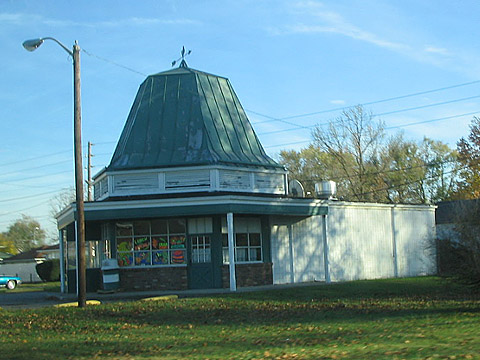
It’s not really that obvious at first, but if you look at Rancho Grande Restaurant near 86th and Ditch, you can see it used to be a Chinese Restaurant
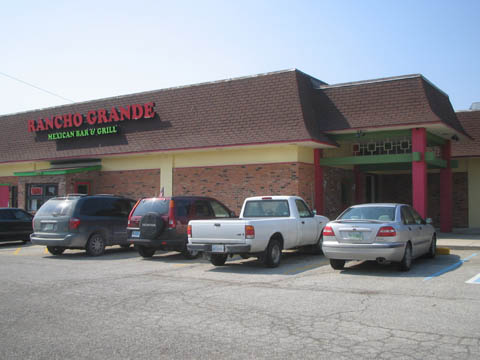
The Fox Photo at 86th and Ditch is now Joey’s Produce. They should probably take down the digital services sign to make the complete transformation.

Jen’s theory that this lighting store on 38th Street might be a former Arthur Treacher’s Fish and Chips is close, but I think it might not be the case after comparing the signs. (Update – it was a Laughner’s Cafeteria!)
They tried adding some Asian design adornment to the windows, but it’s pretty obvious that Tokyo Joe’s started life as a Noble Roman’s.

However, they do have a great “Lunh Buffet.”
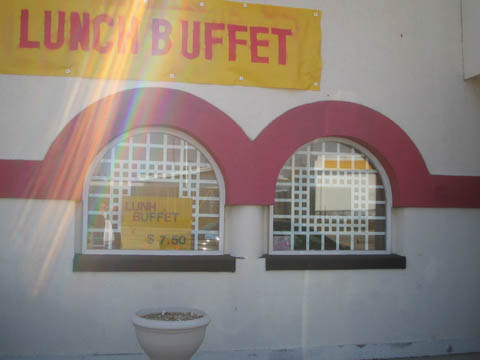
I’m not certain, but I think this Pawn shop used to be a Steak place.
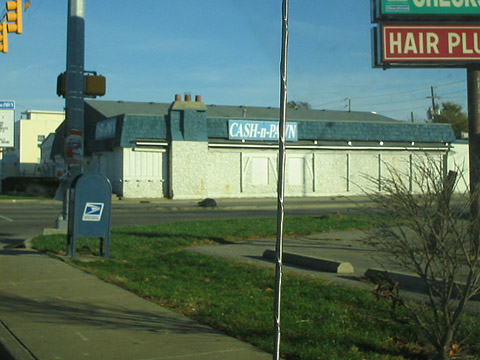
Indianapolis residents were devastated when the Roslyns Bakeries all over town closed, and even more upset when their classic “googie” style signs were converted to Cash and Go signs.
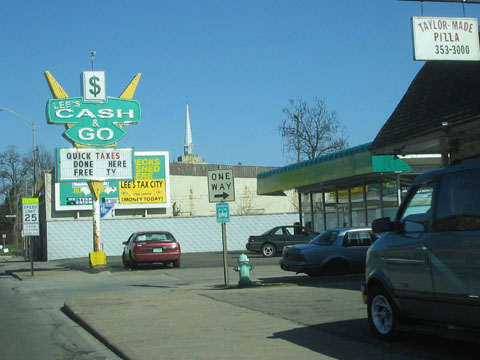
This former Ponderosa on east Washington now serves up Chinese food
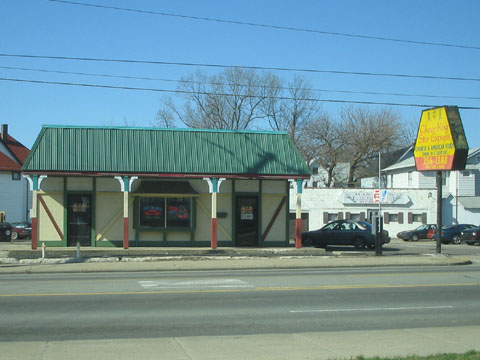
As does this one on 10th and Shadeland. Notice the nice Ponderosa landscape image still in place.

This Long John Silvers ended up being an auto service place/tax preparer.

The Blockbuster sign doesn’t quite hide that this building used to be a Papa John’s Restaurant.

I recognize the original building as a restaurant, but can’t quite put a name to it. It wasn’t a Napa Auto Parts, though. Was it a steakhouse?
